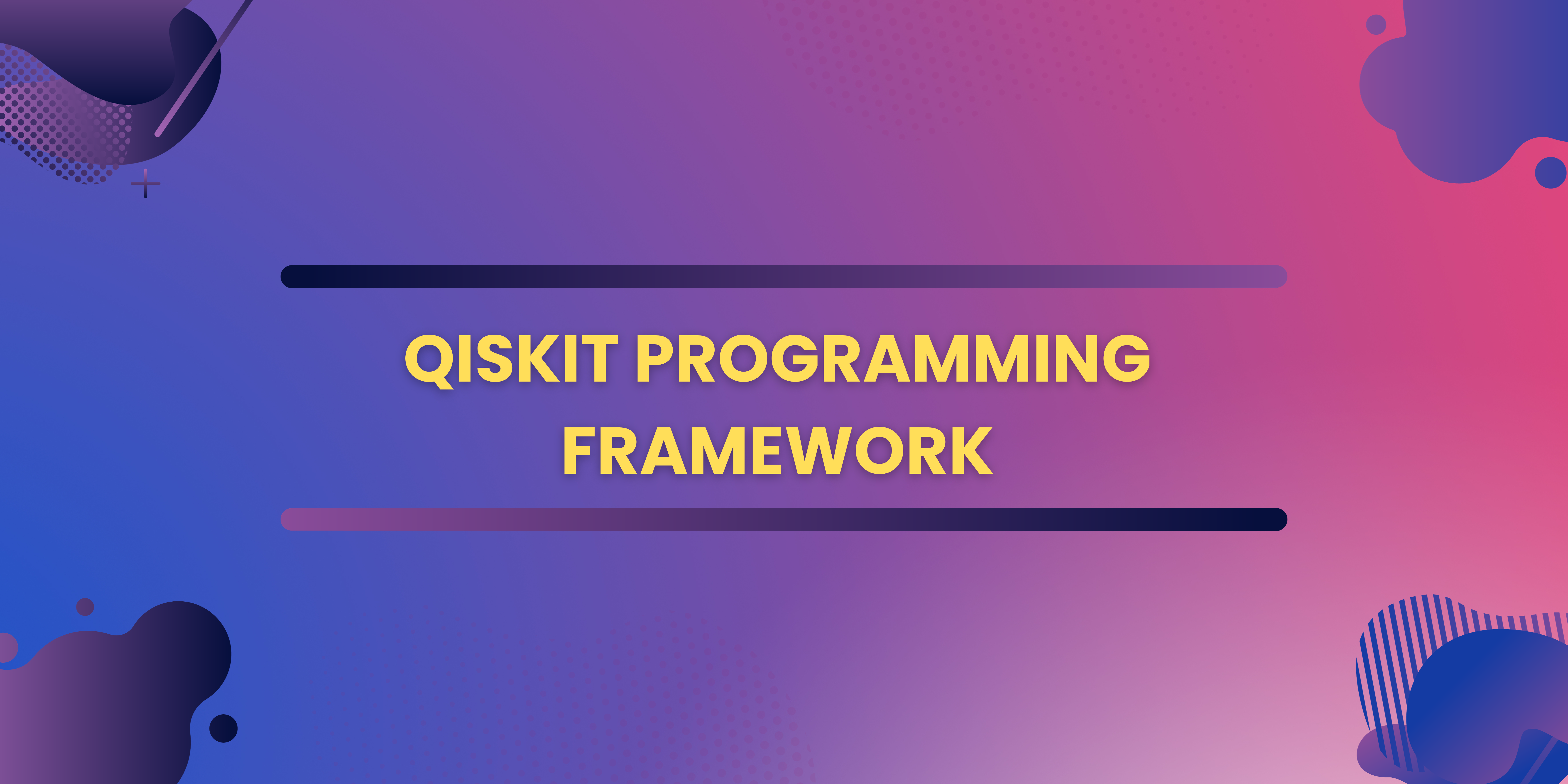Quantum Algorithms for Quantum Dynamics, Quantum dynamics, the study of the evolution of quantum systems over time, presents challenges and opportunities that classical computers struggle to address efficiently. Quantum algorithms designed for simulating quantum dynamics emerge as a groundbreaking solution. In this article, we explore the principles behind quantum algorithms tailored for quantum dynamics and their implications for advancing scientific research.
The Challenges of Simulating Quantum Dynamics
Understanding the behavior of quantum systems as they evolve is crucial for various scientific disciplines, from physics to chemistry. Classical computers face limitations in efficiently simulating quantum dynamics due to the exponential growth of computational resources required with system size. Quantum systems, with their inherent complexity and entanglement, demand innovative approaches to simulation.
Quantum Algorithms
To understand more about Quantum algorithms for Quantum Dynamics it becomes crucial to understand some basic quantum algorithms. Let’s learn those by one:
- Quantum Phase Estimation Algorithm: The Quantum Phase Estimation (QPE) algorithm stands as a cornerstone for simulating quantum dynamics. It enables the determination of the eigenvalues of unitary operators, a fundamental aspect of understanding the evolution of quantum states. QPE provides a method to extract precise information about the dynamics of quantum systems, facilitating more accurate predictions and analyses.
- Variational Quantum Eigensolver (VQE): VQE is a hybrid quantum-classical algorithm designed for simulating quantum systems, particularly in quantum chemistry. It combines the strengths of classical optimization and quantum computing to approximate the ground state energy of a given Hamiltonian, a key parameter in describing the dynamics of quantum systems. VQE demonstrates promise in efficiently tackling problems relevant to material science and drug discovery.
- Time-Evolution Quantum Circuit: Time evolution is at the heart of understanding quantum dynamics. Quantum circuits designed for time evolution provide a scalable and efficient approach to simulate the evolution of quantum states over time. By breaking down the time evolution operator into manageable quantum gates, these circuits enable the step-by-step simulation of quantum dynamics, offering a practical tool for researchers exploring complex quantum systems.

Implications for Scientific Research
- Quantum Chemistry and Material Science: Quantum algorithms for simulating dynamics have profound implications for quantum chemistry and material science. Researchers can explore molecular and material behaviors with a level of detail and accuracy previously unattainable. This opens avenues for designing new materials, understanding chemical reactions, and optimizing properties for specific applications.
- Drug Discovery and Biophysics: Quantum dynamics simulation plays a crucial role in drug discovery and biophysics. Quantum algorithms provide insights into molecular interactions, protein folding, and the behavior of biological molecules. This knowledge is invaluable for designing pharmaceuticals with enhanced efficacy and understanding the intricacies of biological processes.
- Quantum Information and Computing: Quantum dynamics algorithms contribute to the broader landscape of quantum information science. They offer tools for studying quantum entanglement, quantum correlations, and the dynamics of quantum information processing. This has implications for developing advanced quantum computing protocols and communication systems.

Challenges of Quantum Algorithms for Quantum Dynamics
Some main challenges come while digging into the possible outcomes mentioned as follows:
- Error Correction in Quantum Dynamics Algorithms: Quantum systems are susceptible to errors due to factors like decoherence and noise. Developing robust error correction techniques specific to quantum dynamics algorithms is a critical research direction to ensure the reliability of simulation results.
- Increasing Qubit Connectivity: Improving the connectivity of qubits in quantum processors enhances the efficiency of quantum algorithms for simulating dynamics. Advancements in hardware design and quantum processor architectures are essential to overcome current limitations in qubit connectivity.
To understand more about Quantum algorithms for Quantum Dynamics it becomes crucial to understand some important Quantum terms. click here
Conclusion
Quantum algorithms tailored for simulating quantum dynamics mark a paradigm shift in our ability to understand and harness the complexities of quantum systems. From unlocking the secrets of molecular interactions to revolutionizing material science and drug discovery, these algorithms open new frontiers for scientific exploration. Quantum Algorithms for Quantum Dynamics are the main concepts to understand about quantum computation.
Frequently Asked Questions (FAQs)
What is the Quantum Phase Estimation (QPE) algorithm, and how does it relate to simulating quantum dynamics?
Ans- The Quantum Phase Estimation (QPE) algorithm determines the eigenvalues of unitary operators, a crucial aspect of understanding the evolution of quantum states in simulating quantum dynamics.
How does the Variational Quantum Eigensolver (VQE) contribute to simulating quantum systems?
Ans- VQE is a hybrid quantum-classical algorithm used to approximate the ground state energy of a Hamiltonian, offering a practical approach for simulating quantum systems, particularly in quantum chemistry applications.






